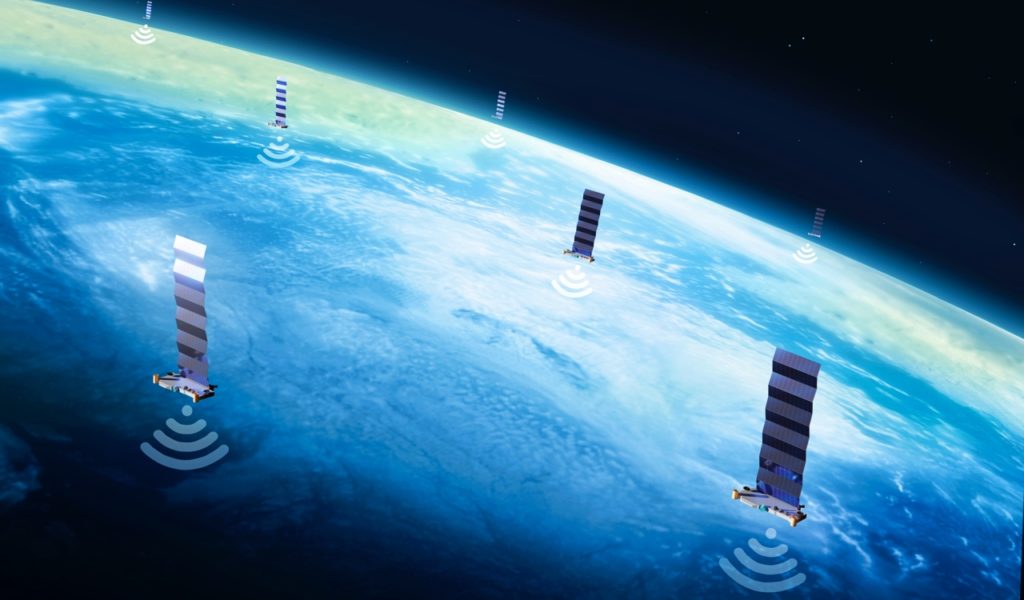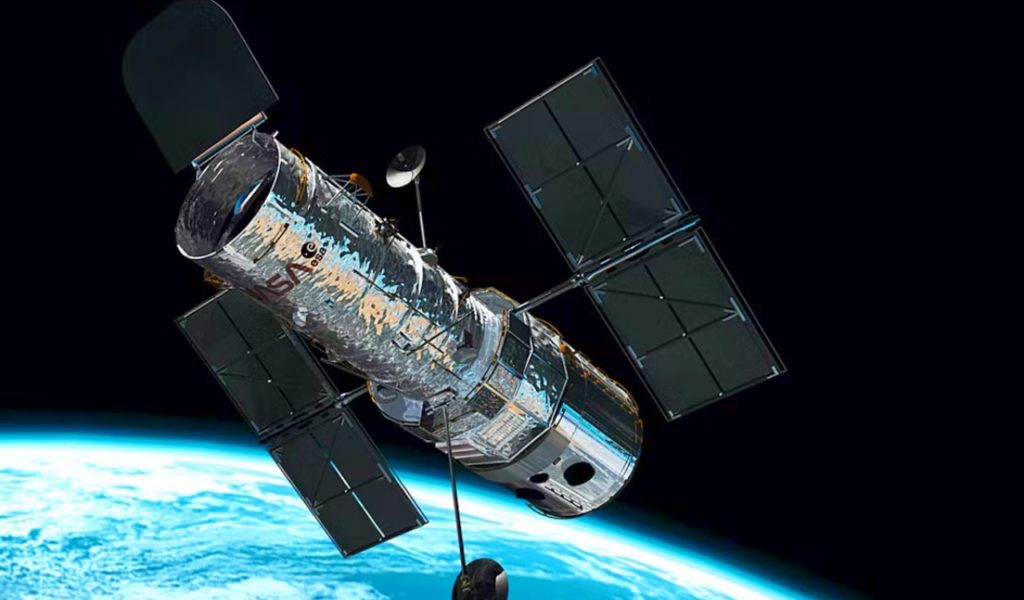While SpaceX might have already proven to be a very valuable asset to space programs as well as new technology in the field, it may be crossing the line. Some people do not want to say this because the Elon Musk-led business has done a lot of good, but sometimes if you do not rein in businesses they will keep taking liberties.
We all know about SpaceX by now, and we’re all likely aware of the Starlink internet service. Musk has been wanting to get a lot of the Starlink satellites into orbit and has accomplished that mission pretty well by now.
In fact, with the recent launch of 51 new Starlink satellites, SpaceX now has roughly 50% of ALL satellites in Earth’s orbit. The addition of 51 new satellites brings the Starlink satellite number to 3,660.
According to the United States Space Force, there are a total of 7,300 active satellites in orbit right now. Thus, to have so many satellites from only one corporation is pretty wild. This has begun to make some experts worry about not only the amount of Starlink satellites but the total number too.
Starlink Satellites

The decision to launch 51 new satellites into orbit was supposedly done to enhance the current Starlink fleet. Of course, with over 3,000 already there, one has to wonder what 21 new satellites would actually accomplish.
Many claim that the Starlink service is beneficial, but to be fair here, it’s not exactly perfect. It is also plagued by the issue all satellites have. When the weather gets bad and signals cannot get through clouds or storms, service goes out.
By adding multiple, Starlink users can bounce between working satellites that can reach them. This is why having several is helpful because it is possible to escape the satellite issue when a signal can always be present.
The additional satellites were also sent to reportedly “increase speed and offer better coverage to areas.” Oh and Musk also increased the price of the service too.
There have also been plans to launch even more Starlink satellites by SpaceX in the coming years. However, many feel the number of satellites from SpaceX has already gone beyond what it should. Plus, the addition of even more is likely to cause several problems.
The Satellite Clutter Problem

As referenced, there are already over 7,000 active satellites in orbit as of this writing. Such a number should not be ignored. Especially when you consider these satellites plus the non-active satellites and other space debris from various other sources.
Jonathan McDowell of the Harvard-Smithsonian Center for Astrophysics is worried about the internet satellite corporations going too far, claiming:
“These big low-orbit internet constellations have come from nowhere in 2019, to dominate the space environment in 2023. It really is a massive shift and a massive industrialization of low orbit.”
Interestingly, SpaceX began launching Starlink satellites in 2019. Their goal was to bring broadband internet to remote parts of the planet that could not previously access the internet. Ever since this took place, astronomers began warning of the problems these companies will create.
When you add more satellites, it messes up the view of the cosmos for scientists looking through telescopes on Earth. While space satellites like the James Webb & Hubble Telescopes are helpful for deep space images, they are not completely safe from satellite problems.
The Hubble Space Telescope orbits around 310 miles (500 kilometers) above the Earth’s surface…putting it in a relatively low orbit. It deals with these satellite streaks too. In fact, from 2002 to 2021, Hubble images affected by light from low-orbit satellites increased by 50% according to Max-Planck Institute for Extraterrestrial Physics Astronomer, Sandor Kruk.
Hubble’s Issue

While the number has risen by 50% it should be noted that the images partially blocked by satellites are still small. Images taken between 2002 & 2005 saw an increase of 3% in these blockages while it increased by another 4% from 2018 to 2021.
Yet there are a lot more that have been launched since the 2021 data was collected. Heck from 2021 to 2022 alone, SpaceX launched satellites between 2 to 5 times every single month. The amount they sent differed from a high of 60 to a low of around 46. Yet they still sent hundreds each month.
From just the start of 2022 to March of 2023, a minimum of a thousand satellites were launched and activated. We’re barely into 2023 and 387 satellites have already been launched by SpaceX since early January. Kruk is worried that even though issues now are not as bad, they will get worse, saying:
“The fraction of [Hubble] images crossed by satellites is currently small with a negligible impact on science. However, the number of satellites and space debris will only increase in the future. The team predicts that by the 2030s, the probability of a satellite crossing Hubble’s field of view any time it takes an image will be between 20 and 50 percent.”
Space traffic is also hindered by these satellites too. Considering these satellites are all in low orbit, they are constantly having to not only watch out for potential space debris but also each other. The Starlink satellites are dodging one another but this may not always happen.
While there is a possibility that they could hit the Hubble Space Telescope, the International Space Station & Chinese Space Station also sit in this low-orbit territory. If they hit Hubble accidentally, that would be a big blow to astronomers. Yet if they hit either station accidentally, human lives could be lost.